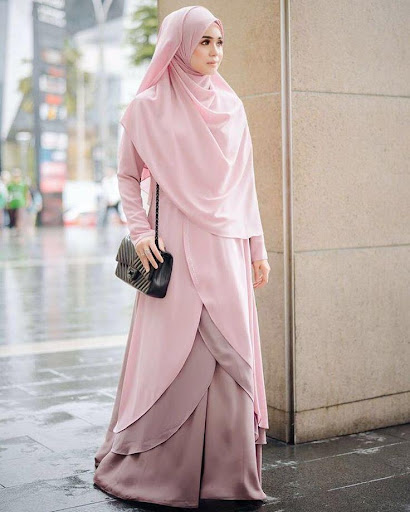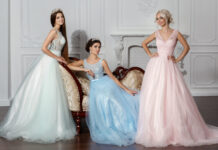Clothing was originally designed to protect the body, but gradually it became a tool to express identity and a social construct. It serves as a form of communication. Clothing preferences vary from culture to culture, as each culture has its distinct style of clothing. Muslim dress for women is heavily influenced by religious, cultural, ethical, and moral factors.
Ask the following questions whenever you are dressed.
- Am I wearing the right clothes?
- Do I know what the right clothes are?
- Am I true to myself, or trying to fit in someone else standards?
Culture and Religion Impacting Muslim Women’s Clothing
Religion and culture go hand in hand and cannot be separated. Religious beliefs and values have a major impact on the culture. Therefore, we can say that the fashion trends in a society are a reflection of its religion and culture. As religion and culture change, so does the fashion.
Clothing is therefore a cultural and religious expression. For instance, the majority of Muslim women wear full-body coverings as mandated by their religion. Consequently, the culture of an Islamic state depicts a clear picture of Muslim women’s clothing criteria. There can be possible variations in clothing types, but the idea to cover the full body will remain the same across an Islamic country. We will further explore the specifics of Islamic dress for women.
An Introduction to Islamic Dress for Women
There is no doubt that the dress code for women in Islam revolves around the concept of modesty. Muslim women usually use various types of clothing items and they differ in every country. However, whatever you choose to wear, it should be according to the following guidelines of Islamic culture.
- The dress should cover the entire body except the face and hands.
- Dress should not be revealing the body or see-through.
- Islamic dress for women should be loose-fitting.
- It shouldn’t be ornamental or perfumed
- The dress should not resemble the clothes of men or unbelievers.
One of the most common misconceptions is that women in Islamic countries only wear the hijab or abaya. However, contrary to popular belief, each region has its preferred type of dress and head covering. Below, we will highlight some of the traditional garments worn by Muslim and Arab women across the Islamic world.
Muslim Women’s Clothing: Abaya
An open abaya dress is a loose-fitting outer garment. Women in the Islamic world wear it to cover and protect the body. It is similar to a wide robe and covers the entire body except for the feet, hands, and head. Traditionally, women use abaya in black; however, there are a variety of colors available depending on the individual’s preference. As an abaya is an outer garment, you can wear any dress underneath it.
Islamic Dress for Women: Jilbab or Chador
Chadors, also known as jilbabs, are loose-fitting garments. Jilbab or chador is a part of both Muslim women’s clothing as well as Arab women’s clothing. You can also refer to them as tunics or long dresses. Chadors typically cover the entire body, from head to foot, and usually have no openings for the hand. It is tucked under the armpits. The garment is closed at the neck either by a pin or a hand. Chadors are plain in design, with slight embellishments.
Arabic Women’s Clothing: Hijab
Hijab is often referred to as a head covering worn by women in the Arab world. It usually covers the hair but reveals the face. There are different types of Hijabs. For instance, the al-amira is a two-piece Hijab. It consists of a cap that fits snugly over the head and a scarf that falls down your neck. The khimar, however, is longer than an ordinary Hijab. It covers the body up to the waist, leaving your face uncovered.
Muslim Women’s Clothing: Niqab
Usually, the niqab is a veil that covers your full face. It only leaves a narrow slit around the eyes. Usually, women wear a niqab with an abaya. Some women also wear a half-niqab that exposes half of the nose, the eyes, and a portion of the forehead. The niqab is made of a double-layered fabric with upper and lower layers attached around the eyes. Mostly, the niqab is below the neck but sometimes extends down to the chest.
Muslim Women’s Clothing: Burqa
A burqa is a garment that completely covers your face and body. A thin net covers the area around the eyes. It allows you to see through it. A burqa can be worn in any color, light or dark, but the most popular colors are light blue, dark black, and white.
Purpose of Islamic Dress for Women
In Islam, Muslims don’t have any uniform set of clothing or style. Although there are certain minimum standards that you should take care of.
The main purpose of Muslim dress is to be modest. Dress should not be revealing or draw attention to oneself. Muslims typically do not object to the restrictions imposed on them by their religion, and most view it as a proud expression of their beliefs.


















